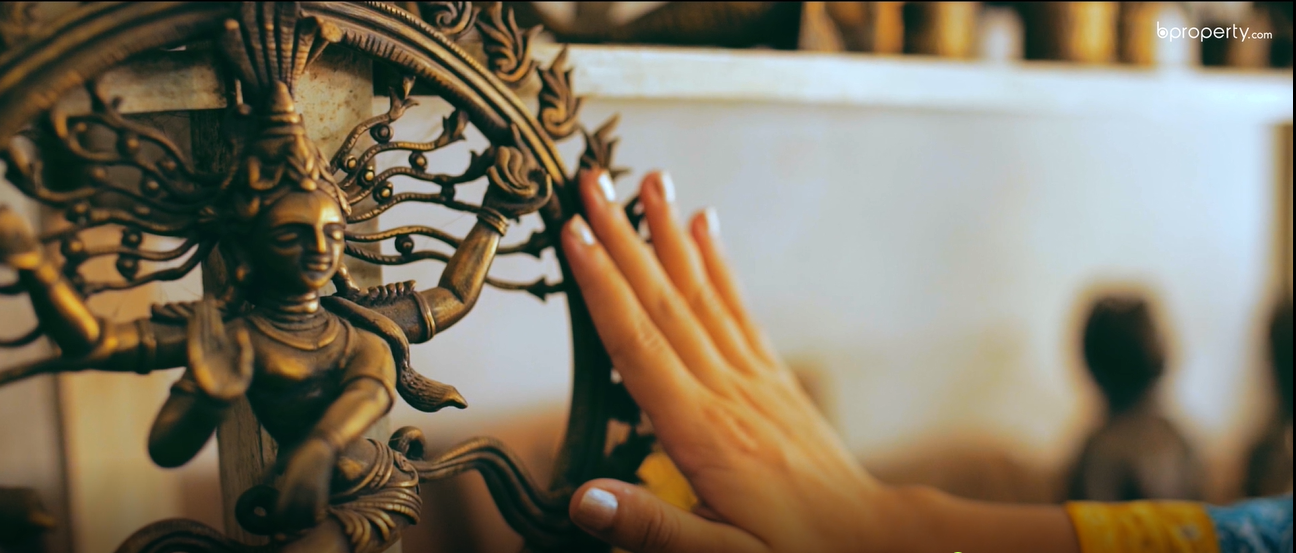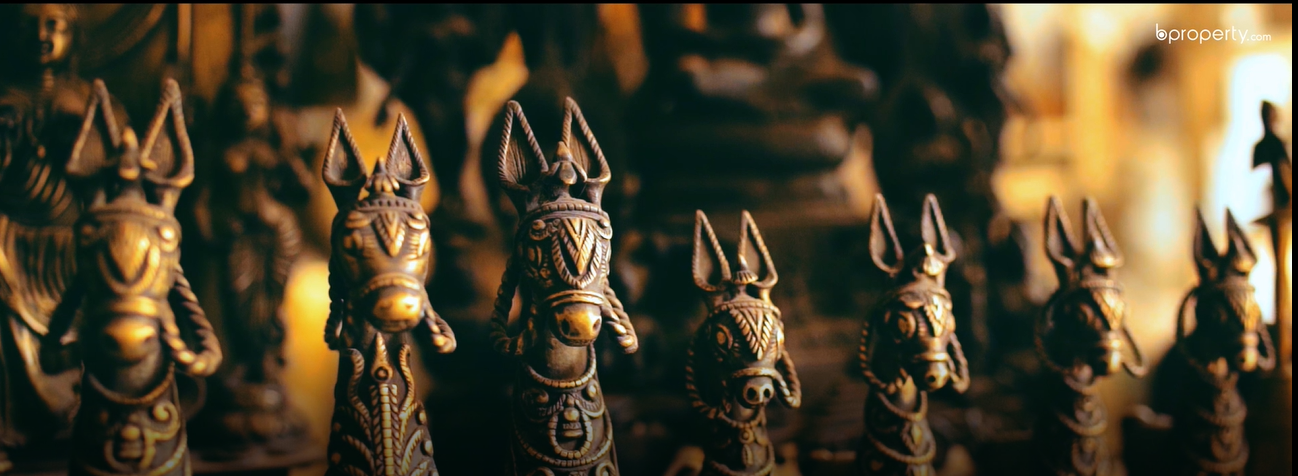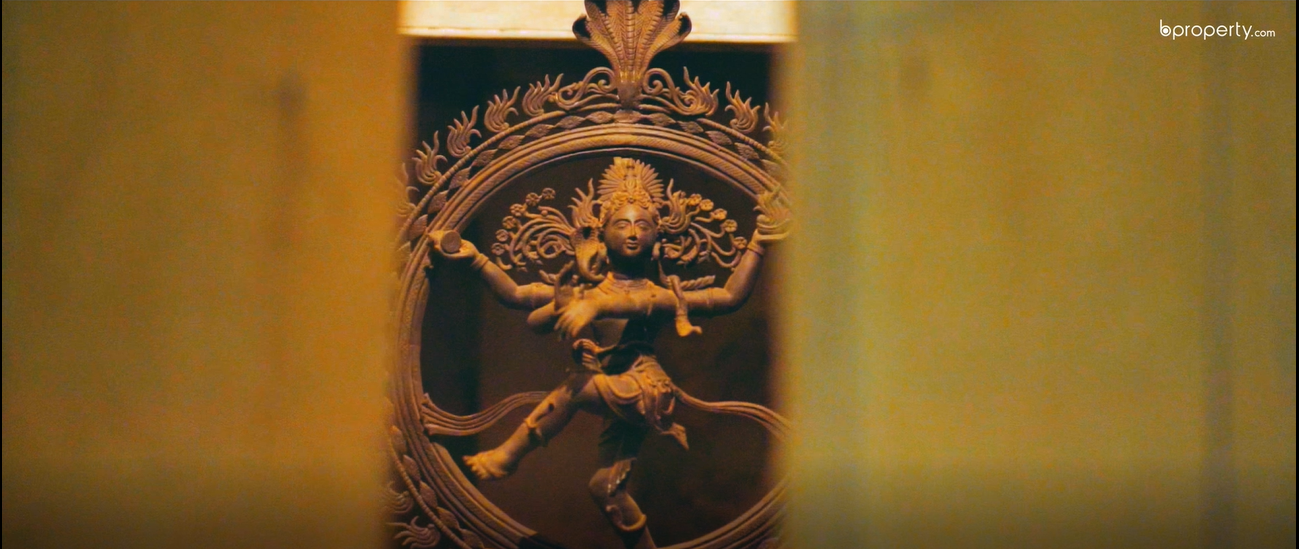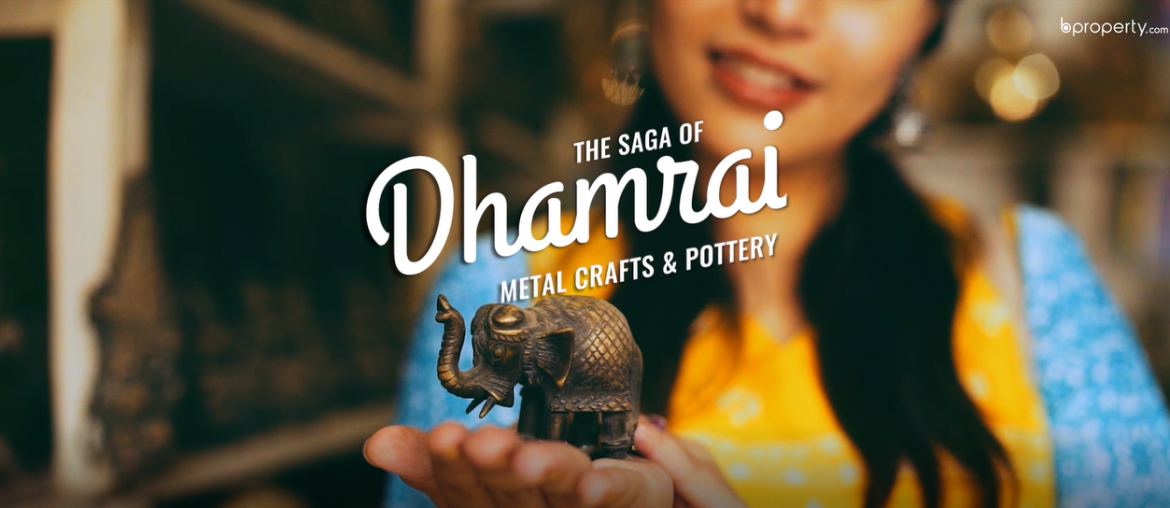The way an artist crafts the painting with a paintbrush, in a similar fashion, the traditional brass artisans of Dhamrai are precisely crafting the sculptures. The initial story of this industry was something like this. Approximately, for a thousand years, this industry is surviving. The brass industry at present is on the threat of extinction. We will talk about that later on.
The etymology of brass-bronze

While the exact date of the bronze-brass usage in this country is not known precisely, but according to the archaeologists, the bronze and the brass industry were established at the same time and they existed parallelly in the similar chronological order of the timeline. The use of this bronze-brass started in the subcontinent during the Mughal period in 1576-1757. During those times, shields, swords, arrows, and bows that were used as war equipment were made of these metals. Then came the British ruling period. During these ages, the usage of brass-bronze in the households of Bangla was very common. That time, not only in Dhamrai or Shimulia these were made, but also the brass-bronze industry was scattered in the entire country especially in Kagmari of Tangail, Islampur of Jamalpur, Shib Bari of Bogra, Chapainawabganj, Louhojang factory of Munshiganj, etc.
Looking around

Witnessing the making of these is a treat to your eyes. If you want to spend a very unique and productive day in your life, do pay a visit to the Bronze-Brass industry of Dhamrai. Located 40 KMs in the outskirts of the city of Dhaka, experiencing this historical and eccentric industry can be well considered as a big achievement. If you don’t have a plan to visit Dhamrai in the recent schedule, we highly recommend you to watch this episode of the Oligoli vlog.
The way it is made

Each and every sculpture are made with absolute precision. They are prepared gradually, step by step with much care. In the beginning, a layer of clay is applied to the wax models. Next, they are left to dry and harden. When the clay model is hardened, the wax coating is again applied. Then the wax is melt, and a hollow space is created inside where the entire molten bronze is poured. The craftsmen give them a proper shape using a hammer and other tools. When the entire thing is cooled, they polish it to give it an ‘antique look’. This is how they create bronze-brass made Radha Krishna or Ganesh sculptures. These sculptures have high demand in the entire world.
Bronze-brass materials

While crossing the famous chariot of the Dhamrai, you will find many shops of bronze and brass where you cannot but enter for a sneak peek. The golden light will come to your eyes as soon as you enter the store. Many characters from Hindu mythology have got a lifeline here. Apart from the idols of different deities, there are a variety of sculptures here.
Over time and progress across the decades, the bronze industry of Dhamrai has gone through a considerable amount of transition phases. Although the consumption level of bronze material is reduced, the demand for people with a high passion for artistic creation is as high as ever. To culturally diversify your home, you can always use the sculptures or other items made from bronze-brass. There is a diverse range of items available, from showpieces to wall mats, tubs, various kinds of glasses, dishes, bowls, Kajaladani, spoons, hookahs, pots, bells, bowls, spoons, buckets, dags, lamps, various idols, musical instruments, toys, mirror frames, etc. They aren’t content after only creating these. They also make sculptures of tigers, lions, elephants, deer, fish, dolphins, shark, whale, showpieces of musical instruments, different architectural foundations and also vehicles as home decors. For various religious carnivals, they create statues, bells, rose-water containers, flower pots, idols, Agarbati holders, various utensils, etc. Multiple themed designs are based on these. Flower-leaf or geometric designs are also there. If you want to replicate any antique piece, you can come here and order.
The Bargaining Chip

The bronze items are sold at BDT 2200-2500 per kg and the brass items are sold at BDT 1500 per kg. But there is also a variation of prices for the items with delicate designs. Other than these, the price of flower vases can vary from BDT 500 to BDT 12000. Flower tubs have a price range from BDT 1000 to BDT 20000, tub stands from BDT 1000 to BDT 1500, the shades of lamps cost BDT 15000, water pot with simple design ranges from BDT 1000 to BDT 4000 and with heavy designs it is BDT 1500 to BDT 8000 and wall mats from BDT 1000- BDT 1500. Also with the variation of shape, design, and weight, the price range of several fancy products and showpieces starts from BDT 500 to a maximum range of BDT 20000.
The industry that took so much time and effort to represent our traditional and cultural identity with profound integrity is on the verge of extinction today. The Brass-Bronze industry of Dhamrai is unable to survive in an ever-growing competitive market of the modern world of science and technology due to the lack of its appropriate marketing and subsequent devaluation of its existence. When you think about this, it makes you nostalgic. Immense stories, songs, love-despair, and memories were engulfed in this industry. Maybe, the sweet sound from the hammers of the brass artisans was a common thing in the village. Today, its existence is only found in the records of the history book.
Nevertheless, we are the ones who are responsible to help this dying tradition sustain. If you can make time, do pay a visit to Dhamrai’s Brass-Bronze industry. Let us know how you feel about our vlog in the comment section below. To watch more beautiful videos like this, visit our Oligoli’s YouTube playlist.




